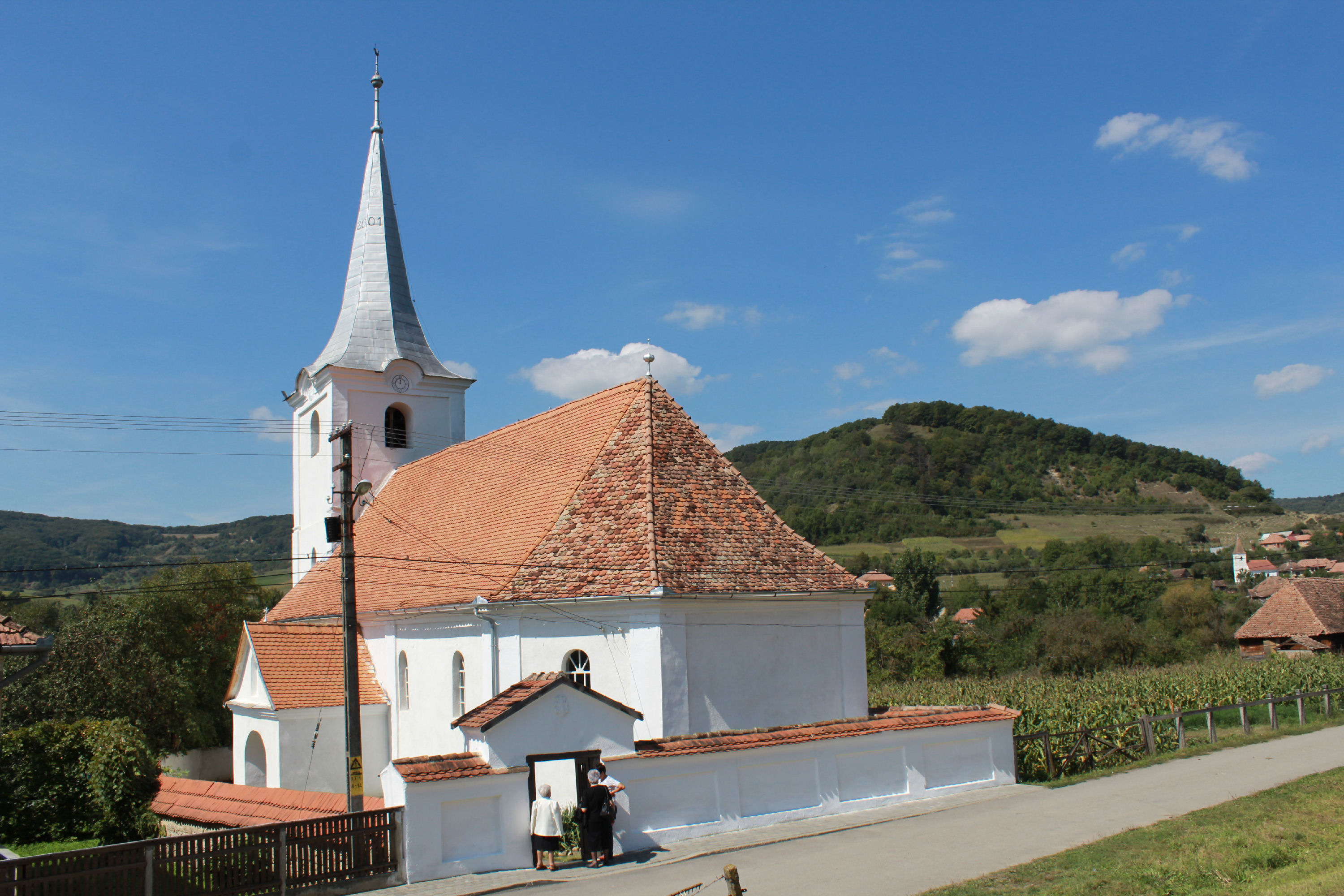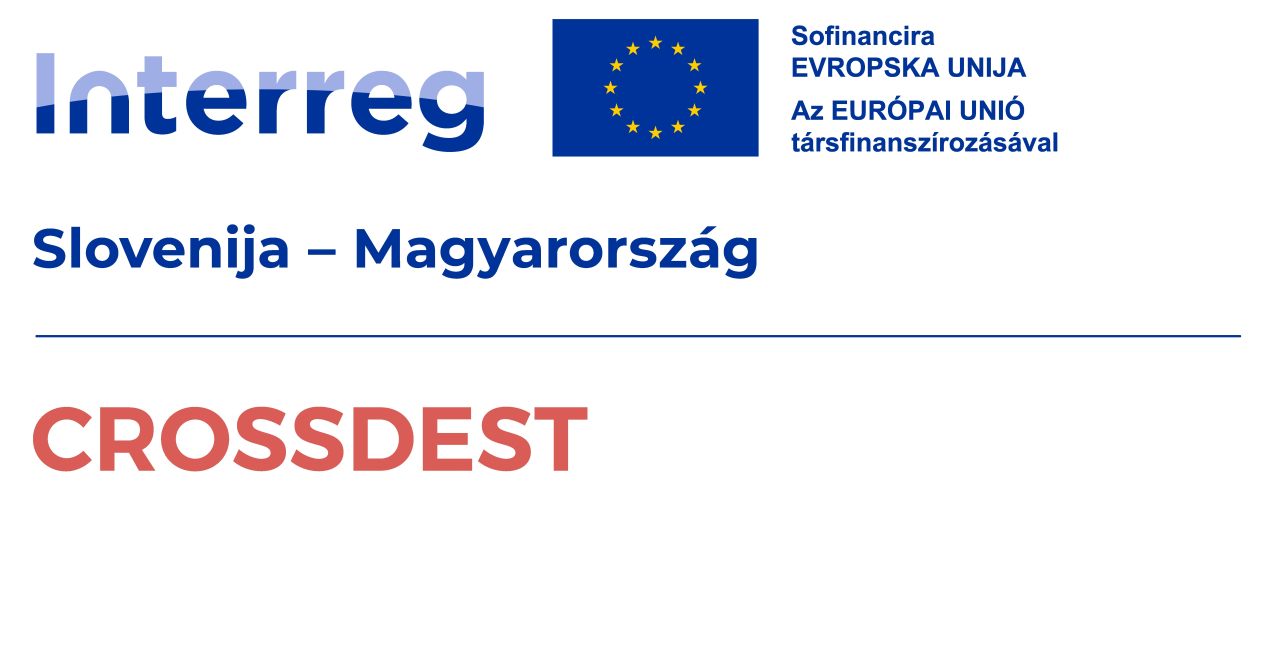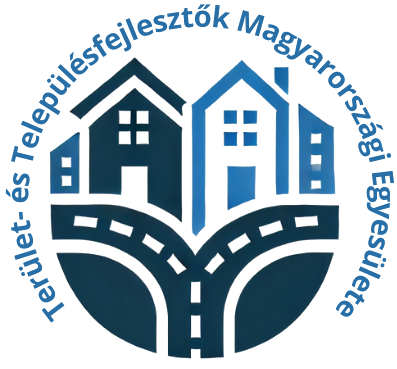-

Photo: Szentábrahám Facebook oldal -

Photo: Szentábrahám Facebook oldal










Szentábrahám
Szentábrahám, one of the oldest and most fascinating settlements in the Kis-Küküllő Valley, is located on the western edge of Harghita County, near Székelykeresztúr. The village, nestled in the valley of the Gagy Stream, comprises four smaller villages: Gagy, Gagyfalva, Székelyszentmiklós, and Cehtestróna. Its Unitarian traditions, untouched natural surroundings, and rich folklore make it truly unique. The first written mention of the village dates back to 1333, but archaeological findings suggest the area has been inhabited since prehistoric times. The original settlement, Infalva – located in the valley of today's Ing Stream – was destroyed by the Tatars. According to legend, the survivors resettled in a new location and named their new village Szentábrahám after a revered and wealthy hermit named Ábrahám who lived there. The region preserves several mysterious place names and legends. According to tradition, a Dacian golden plough and golden stags were buried in the well of the Ing Stream when the Dacians fled from the advancing Huns. On the barren plateau of Zsidóhegy (Jewish Hill), there was said to be a fortress and a castle well. Folklore claims that a Jewish community once lived here and hid their fabulous treasures in the mountain's deep caves. According to one local tale, a girl picking strawberries accidentally discovered the treasure, but on her third visit, the cave door slammed shut, and her newfound riches turned to coal – since then, the place's secrets have been guarded by enchantment. In the village, the Tomori Bench has been preserved, marking the site of the former Church Hill, where a shared church once stood for the faithful of neighbouring villages. The medieval bell found here still adorns the Unitarian prayer house, bearing the Gothic inscription: O rex glorie, veni cum pace (“O King of Glory, come with peace”). The street names in the village are also evocative: Csíki Street is surrounded by the legend of the “white women,” while Vasvár Street, like in nearby settlements, is known as the quarter for those living on the fringes of society. The village's character is still defined by traditional homesteads, long houses, and the tranquil, hilly landscape. From a tourism perspective, Szentábrahám is an excellent starting point for hiking, exploring nature, and discovering Székely folk culture. The surrounding hills – such as Szálas-tető, Szarvas-Fejtő, or the aforementioned Zsidóhegy – offer not only natural beauty but also a living memory of the past. The clear waters of nearby stream valleys (Zsidán, Köblös, Nagyáj) and the peaceful image of rural farming are particularly appealing to those who enjoy slow tourism. Szentábrahám is not just a Székely village nestled among the hills; it is a place where legends and history come alive – where the tales of golden stags and traces of Dacian treasures are woven into the landscape and collective memory.
Arrival
- Walk
- Horseback
- Bike
- Electric bicycle
- Motorcycle
- Car
Public transport
- bus
Parking information
- Free outdoor parking available
Sustainability level
Topic 1: Destination Management 60%
- Visitor management: 100%
- Commitment and organization: 0%
- Design & development: 50%
- Monitoring and reporting: 50%
- Legal and ethical compliance: 100%
Topic 2: Nature and landscape 90%
- Nature and wildlife protection: 100%
- Nature and conservation: 80%
Topic 3: Environment and climate 39%
- Land use and pollution: 67%
- Water management: 40%
- Energy, sustainable mobility and climate change: 0%
- Adaptation to climate change: 50%
- Waste and recycling: 40%
Topic 4: Culture and traditions 88%
- Cultural heritage: 100%
- People and traditions: 75%
Topic 5: Social Welfare 34%
- Health and safety: 100%
- Local economy: 0%
- Socio-economic impacts: 0%
- Community participation: 0%
- Human dignity: 71%
Topic 6: Business and Communication 50%
- Business participation: 0%
- Information and marketing: 100%


